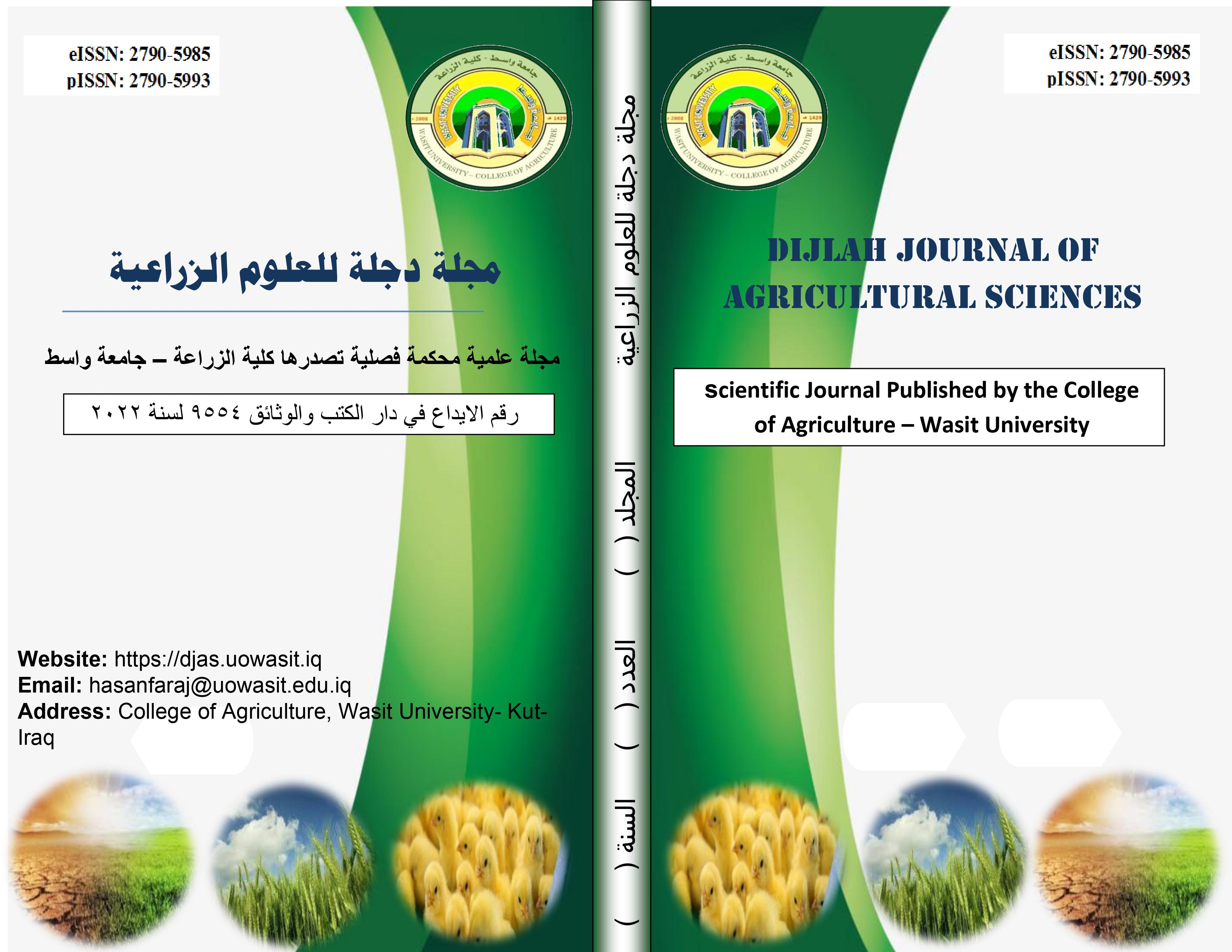Study on Major Crops Water Demand and Irrigation Scheduling in Basrah Governorate Based on CROPWAT Model
Abstract
Scarcity of water in Iraq represents a major environmental challenge, driven by factors such as global climate change and the blocking of river flows by dams in upstream countries. Recognizing crop water requirements (CWR) in semi-arid regions is critical for improving irrigation planning, scheduling, and optimizing water use. This study calculated the irrigation water demands for the crops were ranked as follows: Rice (1475.8 mm/decade) > Maize (439.3 mm/decade) > Wheat (103.9 mm/decade). Irrigation scheduling was calculated as two events for wheat, three for maize, and sixteen for rice. Rice, as the main summer crop, required greater quantities of water and more frequent irrigation compared to maize and wheat. These results highlight that rice needed much more irrigation due to limited rainfall during its growing period. Mo revere. the plants cultivated during warmer periods require increased irrigation supply too, which mean it is negatively associated with reduced rainfall and positively with higher evapotranspiration rates. The research emphasizes the importance of employing advanced scientific tools like the CROPWAT and CLIMWAT models to achieve precise irrigation scheduling for farmers. Moreover, it provides valuable insights for policymakers, farmers and water resource managers to develop water management strategies. in Iraq

